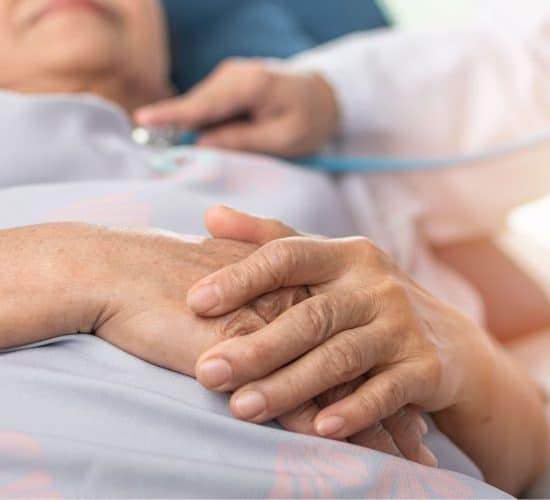
OVERVIEW
A stroke is the impairment of a person’s brain function when the blood supply to a certain part of the brain is cut off. This prevents the brain tissues from getting the nutrients and oxygen they need. Once a stroke occurs, brain cell death occurs rapidly and a person’s condition can quickly deteriorate and in some cases result in death. There are three kinds of strokes that display similar symptoms:
- TRANSIENT ISCHEMIC ATTACK (TIA)
TIAs are commonly referred to as “ministrokes” by doctors and have stroke symptoms that last for a brief period (as little as 5 minutes) due to temporary blood flow blockage in the brain. TIAs are often overlooked as the symptoms are transient, but it may be an early indicator of an impending and more severe stroke. It is essential to seek help immediately.
- ISCHEMIC STROKE
An Ischemic stroke occurs when an artery in or to the brain is blocked. It is the most common kind of stroke that can occur rapidly, and seeking help immediately is critical to minimising any possible functional damage to the brain.
- HEMORRHAGIC STROKE
Hemorrhagic strokes are less common than the rest but equally as life-threatening if left untreated. A hemorrhagic stroke occurs when an artery in the brain begins to leak or ruptures. As a result, the region of the body that is controlled by the affected area cannot function properly.
There are two subtypes of hemorrhagic strokes:
- Intracranial haemorrhages occur when there is bleeding inside the brain.
- Subarachnoid haemorrhages occur when the bleeding is between the brain and the surrounding membranes.
SYMPTOMS
A stroke is a medical emergency, and if you are experiencing any of the following symptoms, you must seek immediate medical assistance.
- Trouble speaking, understanding what others are saying. Patients might experience confusion or find themselves slurring their words.
- Paralysis or numbness usually occurs on one side of the body (in the face, arms or legs). Patients may also find it difficult to raise both their arms or find that one side of the face droops.
- Hand tremors
- Sudden dizziness, loss of balance, coordination
- Trouble seeing out of one or both eyes or sudden sensitivity to light
- Sudden, severe headaches
- Nausea and vomiting, difficulty swallowing
- Loss of consciousness
CAUSES/ RISK FACTORS
The two leading causes of a stroke are blockage or the rupturing of a blood vessel. In the case of a TIA, this is a temporary disruption to the blood flow. Many things can increase the risk of getting a stroke:
Lifestyle risk factors: (treatable conditions)
- Obesity and physical inactivity
- High blood pressure (hypertension)
- High cholesterol
- Excessive consumption of alcohol
- Smoking
Medical risk factors: (mostly untreatable conditions)
- Age
- Head trauma
- Cerebral aneurysm
- Personal or family history of high blood pressure, strokes, or any kind of cardiovascular disease
DIAGNOSIS
Stroke screening is best suited for individuals who are at high risk of a stroke showing no or some pre-warning symptoms. The stroke screening process involves:
- Consultation
- Blood tests
- MRI /CT scan of the brain and its blood vessels
- Ultrasound scans
This non-invasive assessment is followed by appropriate advice/treatment as required on an individual basis. Stroke screening can be combined with cardiac and vascular evaluation as required since risk factors for these medical conditions overlap.
OUR TREATMENTS
The treatment we offer for stroke can be subdivided
- Stroke Prevention with Stroke Screening
- Medication optimisation
- Risk factor control
- Acute treatment
- When the stroke is occurring – acute stroke treatment
- When there is a clot or bleeding that has occurred
- Clot retrieval from the blocked brain artery
- Aneurysm coiling to stop bleeding
- When there is a clot or bleeding that has occurred
- For a recurrent episodes of ministrokes (TIA) or strokes
- Evaluation of the cause
- Stenting of the narrowed or blocked arteries
- Open surgery to remove blockages of the arteries
- When the stroke is occurring – acute stroke treatment
